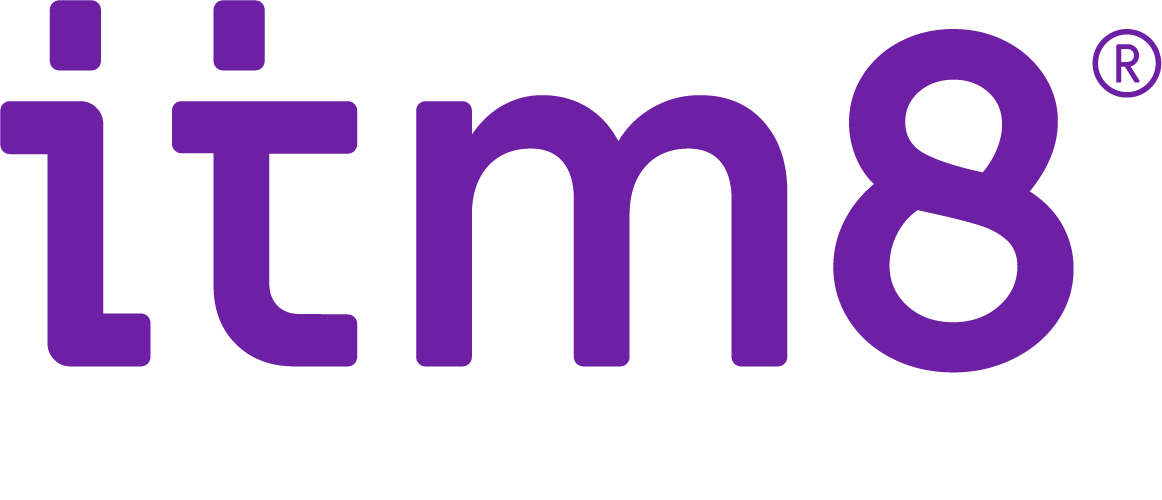Att digitaliseringen har förändrat företag i grunden är ingen nyhet. Framåtlutade och proaktiva företag i alla branscher har omfamnat digitaliseringen och fått ett övertag över de som är fast i gamla rutiner och arbetssätt. Vad är det som gör att några företag tar ledningen i den digitala utvecklingen? Går det att hitta nyckelfaktorer som förklarar varför andra halkar efter? Finns det något hopp för digitala dinosaurier eller kommer de att gå ett grymt öde till mötes?
För att förstå vad som skiljer den digitala ledaren från dinosaurien har vi pratat med Nicklas Henriksson, vice VD och Marknadsansvarig på Itm8. Tillsammans resonerar vi kring skillnaden mellan ledare och dinosaurier, samtidigt som vi gör några framtidsspaningar.
— Enkelt uttryckt är skillnaden mellan en digital ledare och en digital dinosaurie att den förstnämnda har en digital strategi för affären som är väl förankrad i den digitala utvecklingen och som genomsyrar hela verksamheten. Där den digitala ledaren ser IT och teknik som en möjlighet till innovation och verksamhetsutveckling ser den digitala dinosaurien IT framförallt som en kostnad, säger Nicklas.
Vilka särdrag hittar vi hos en digital ledare?
Utmärkande egenskaper för en digital ledare är modet att experimentera och samtidigt våga vara uthållig. En genomarbetad digital strategi måste ha utrymme för experiment och innovation men också vara flexibel för att organisationen ska kunna lära sig av misslyckanden. Historiskt arbetade många företag med affärsplaner och sedermera även IT-planer på fem år. Idag lägger de flesta IT-planer på ett eller max två år. Samtidigt som IT-planens spann blir kortare måste den fortfarande vara långsiktig. Det tar tid att bygga upp ett digitalt kapital som ger avkastning.
— Till en början är den digitala strategins komponenter monster som behöver gödas med data. När monstret har tämjts och fyllts med data börjar det ge tillbaka i form av effektivare processer, högre kvalitet på datan och bättre beslutsinformation. Det gäller att arbeta konsekvent över tid för att maximera avkastningen. En transformation sker inte på några veckor, det krävs att alla arbetar mot ett gemensamt mål på ett strukturerat sätt.
Som exempel nämner Nicklas en variant på det numera klassiska Uber exemplet. Uber har en strategi och affärsplan som helt grundas i digitaliseringen, med en företagskultur som präglas av innovationslust. När Uber vill testa en ny tjänst finns verktygen och den digitala plattformen redan på plats.
— Låt säga att Uber vill testa helikopter-taxi. En nytt val för helikopter läggs till i appen och ett antal helikoptrar hyrs in till testområdet. Utan större finansiell risk kan ett pilotprojekt snabbt lanseras och utvärderas innan det aningen rullas ut bredare eller avslutas som en lärdom.
En annan faktor som skiljer ledare från dinosaurien är hur företaget ser på misslyckande. Ledaren ser misslyckandet som ett tillfälle att lära, den andra letar syndabockar och sätter upp allt striktare riktlinjer som begränsar utrymmet för innovation.
Är IT-avdelningen på väg att försvinna?
IT som begrepp och som funktion på företag är i transformation. Nicklas gör jämförelsen med ”ström”-avdelningen som fanns på företag vid förra sekelskiftet. Ström var något nytt, producerades ofta lokalt och var inte självklart i alla delar av företaget. Ström-avdelningen ansvarade bland annat för att det fanns ström i de uttag som var monterade och att montera nya vartefter behovet växte.
— Idag skulle det vara tämligen absurt med en CVO, en Chief Voltage Officer som med en egen avdelning ansvarade för strömmen på företaget. IT ser ut att gå samma öde till mötes.
Hos en digital ledare kan IT-avdelningens transformation ta en av två riktningar:
I framtiden jobbar ingen på IT-avdelningen. I stället är IT en integrerad del i alla delar av verksamheten. I ledningen sitter kanske en Chief Digital Officer (CDO) eller liknande och den digitala strategin är en självklar punkt på alla styrelsemöten.
I framtiden jobbar alla på ”IT-avdelningen”. IT har blivit affärsdrivande och verksamheten drivs av digital innovation för affärsutveckling där alla medarbetare är delaktiga.
I motsats behåller den digitala dinosaurien sin IT-avdelning intakt och låter den arbeta på som vanligt med brandväggar, domänadministration och att installera mjukvara på datorer — istället för att arbeta som ett integrerat stöd till verksamheten. En föråldrad syn på IT-avdelningen riskerar att bli en bromskloss som bara ser hot och problem. Den digitala dinosaurien låter helt sonika en gammal syn på IT stå i vägen för innovation och utveckling.
Hur bryter en dinosaurie sitt tankesätt?
Allt för många företag har fastnat i business as usual, de känner sig digitala med mejl på telefonen och Skypemöten. Vardagen rullar på utan att något dramatiskt händer. Till en början ligger förlusterna dolda i missade affärsmöjligheter som inte syns direkt, men som i förlängningen urholkar lönsamheten och riskerar hota hela verksamheten.
— Det handlar framför allt om att våga ifrågasätta och öppna upp för innovation. IT-transformationen är egentligen en business-transformation som förändrar företagets verksamhet i grunden. De företag som förnyar sig och inte är rädda för att misslyckas utan lär sig av misslyckanden har en ljus framtid, avslutar Nicklas.
Är ditt företag en ledare eller en dinosaurie? Gör vårt quiz så får du veta. När du fått svaret hjälper vi dig ta nästa steg oavsett var ditt företag befinner sig på digitaliseringsresan. Vi kan hjälpa dig att vässa din digitala strategi eller bara komma igång. Läs vår matnyttiga blogg eller boka en workshop och vi kan lova dig att ditt företag kommer jobba smartare, effektivare och säkrare inom kort.





